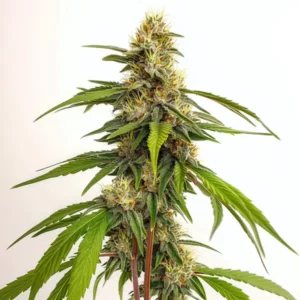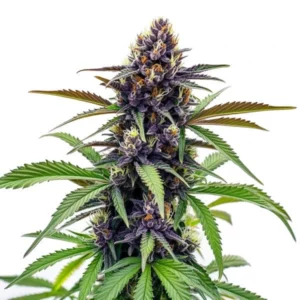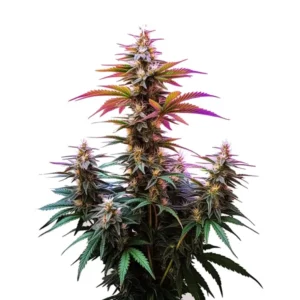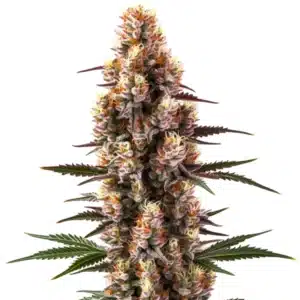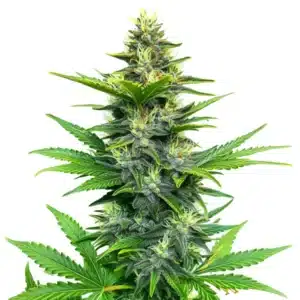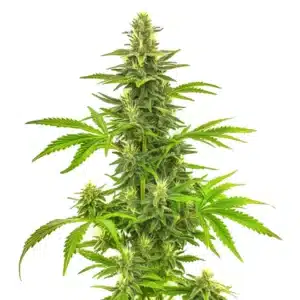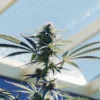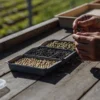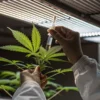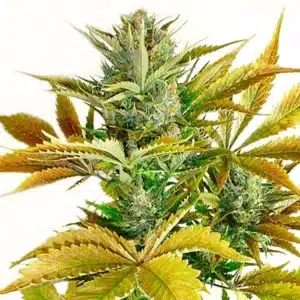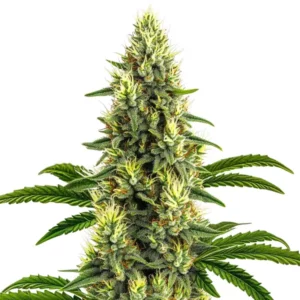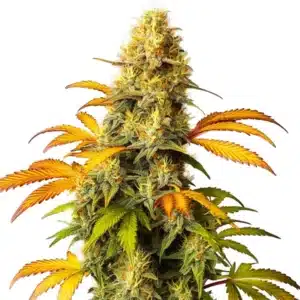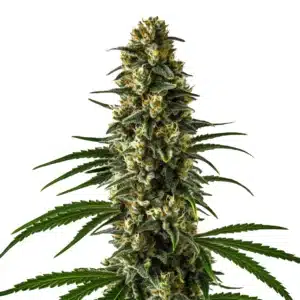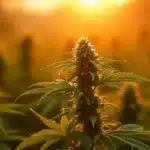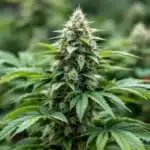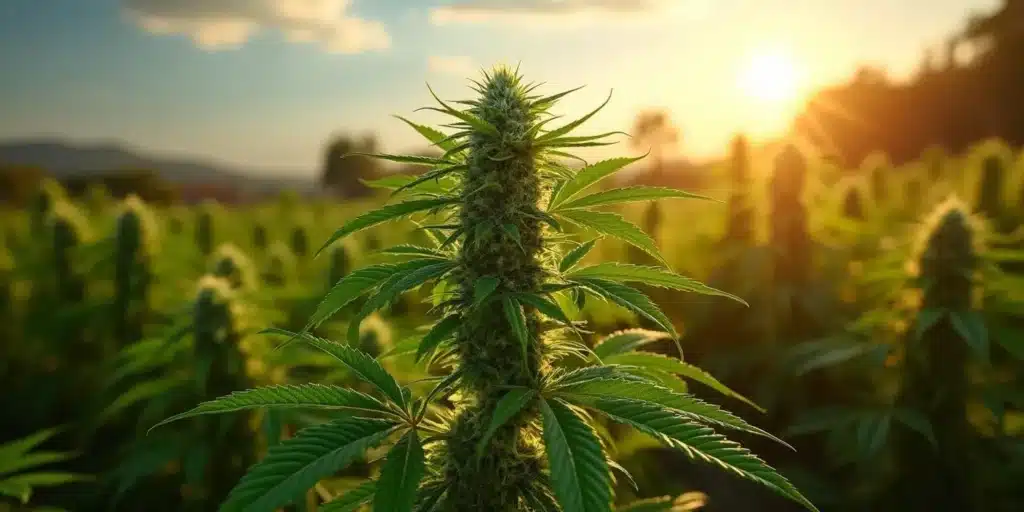
When Does Flowering Start Outdoor in California
Growing cannabis outdoors in California can be an enjoyable and rewarding experience, especially for those who appreciate the beauty of nature. One key aspect of outdoor cannabis cultivation is understanding when flowering starts. In fact, many growers often ask, “When does flowering start outdoor in California?”—a crucial question that determines harvest timing and overall crop quality. This stage of growth is essential for planning and maximizing yield. Here, we will cover the factors influencing flowering time, what to expect during this phase, and some practical advice for both new and seasoned growers.
The Photoperiod and Its Influence on Flowering
The photoperiod refers to the duration of light and dark hours in a day. Cannabis is a photoperiod-sensitive plant, meaning that the light cycle significantly affects its growth stages. In California, the long days of summer lead to vigorous vegetative growth. Typically, flowering begins as the days shorten, which usually happens in late summer. Understanding this rhythm is vital for growers aiming for optimal yields.
Recommended Strains
Banizzle
|
|
THC | 25% - 30% (High) |
|
|
Type | Feminized |
|
|
Yield | High |
|
|
Phenotype | 55% Indica / 45% Sativa |
Black Cherry Soda
|
|
THC | 15% - 20% (Medium) |
|
|
Type | Feminized |
|
|
Yield | Low |
|
|
Phenotype | 50% Indica / 50% Sativa |
During this time, you may notice changes in your plants’ growth habits. Most growers report seeing flowering start around late July to early August, with variations depending on the specific strain and local climate conditions. The plant can sense the decrease in daylight, prompting it to transition into the flowering stage. This exciting moment signals that your plants are gearing up for their next phase, and it’s crucial to be attentive during this period.
Promos & Deals
Environmental Factors Affecting Flowering Time
While the photoperiod is crucial, several environmental factors can also influence the timing of flowering. These include temperature, humidity, and water availability. Each of these factors can affect a plant’s health and its ability to transition successfully into flowering. When asking when does flowering start outdoor in California, it’s important to consider that the state’s diverse microclimates mean that what works in one area may vary significantly in another.
In addition to light, the surrounding environment plays a huge role in the growth success of cannabis plants. Understanding your local climate helps in creating the best possible growing conditions. Seasonal variations also greatly influence your plants, and growers should adapt their practices accordingly throughout the year.
Temperature
In California, the climate is generally favorable for outdoor cannabis cultivation. However, it’s essential to monitor temperature closely, as extreme conditions can stress plants. Ideally, cannabis thrives in temperatures between 70°F to 85°F during the day, with slightly cooler nights. If temperatures exceed this range for extended periods, it may delay or adversely affect flowering.
Extreme heat can be detrimental, and growers should look out for signs of heat stress such as wilting or scorched leaves. Conversely, a sudden drop in temperature can shock the plant, potentially causing it to flower prematurely. By being proactive and monitoring local weather patterns, you’re more likely to avoid these detrimental effects.
Humidity
Humidity is another critical factor in plant health, especially during the flowering stage. High humidity levels can lead to mold and mildew, which are detrimental to your crop’s overall quality. As plants enter flowering, aim for relative humidity levels between 40-50%. This range helps prevent mold while ensuring that the plant’s moisture needs are met.
California’s summer typically presents lower humidity, which can be beneficial for outdoor growers. However, if you happen to be in an area characterized by high humidity, consider using fans or dehumidifiers to manage moisture levels effectively. Adjusting your watering practices can also help maintain the desired humidity around your plants.
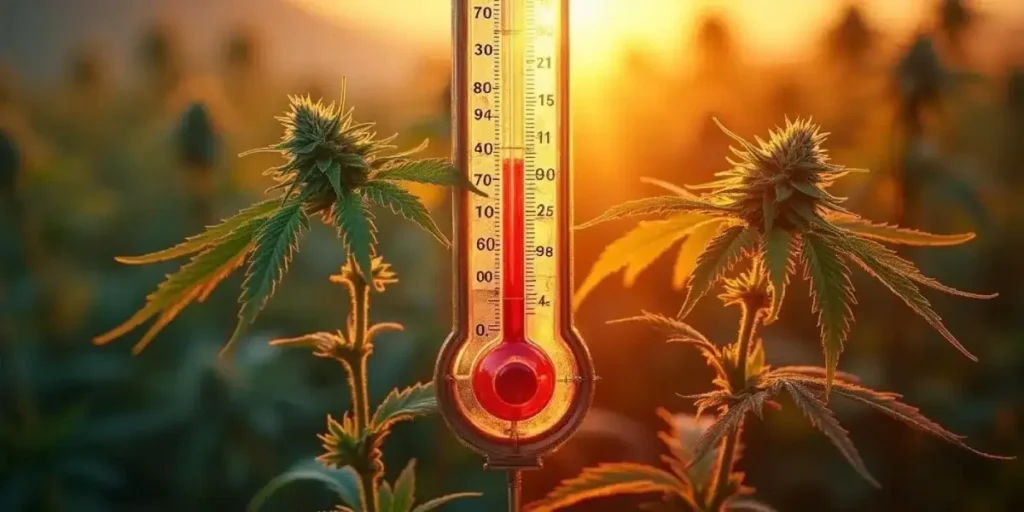
Signs That Flowering Has Begun
When does flowering start outdoor in California? As flowering begins, specific visual changes will become evident in your plants. Female plants will sprout delicate, white hairs known as pistils, whereas male plants will produce pollen sacs. For growers focused on bud production, it’s crucial to identify and remove male plants quickly to prevent them from pollinating the females.
Monitoring your plants closely during this stage is key. As you observe these early signs of flowering, you also get a glimpse of the variety in cannabis plant development, making it an exciting and dynamic part of cultivation. Knowing what to look for can help you manage your garden more effectively while ensuring that only the best plants produce buds for harvest.
Pre-Flowers
Before transitioning fully into the flowering phase, many growers notice tiny pre-flowers forming at the nodes of the plant. These structures provide the first clues about the plant’s sex. Healthy female plants develop pistils, and male plants display pollen sacs. Keeping an eye out for these indicators can significantly improve your management of the garden, contributing to a successful harvest.
Regular checks are essential during this period. Spotting pre-flowers early allows for prompt actions if any males are present, thus preserving the potential yield from female plants. Engaging with your plants during this formative period can make the process even more rewarding and can sharpen your skills as a grower.
Development of Buds
Once flowering officially begins, you’ll see the development of buds on branches. This stage can last several weeks, and it’s vital to provide adequate nutrients to meet the increased energy demands of the plants. Flowering nutrients often have higher levels of phosphorus and potassium, which are crucial for robust bud development.
When does flowering start outdoor in California? This is a crucial question for local growers, as timing influences how and when to apply nutrients. California growers have access to a vast array of organic fertilizers designed to support healthy flowering. Keeping an eye on nutrient levels throughout the flowering phase is vital; it allows you to adjust product usage as necessary to maximize the plants’ growth and yield potential. The satisfaction of seeing well-developed buds is one of the joys of dedicated caregiving in the growing process.
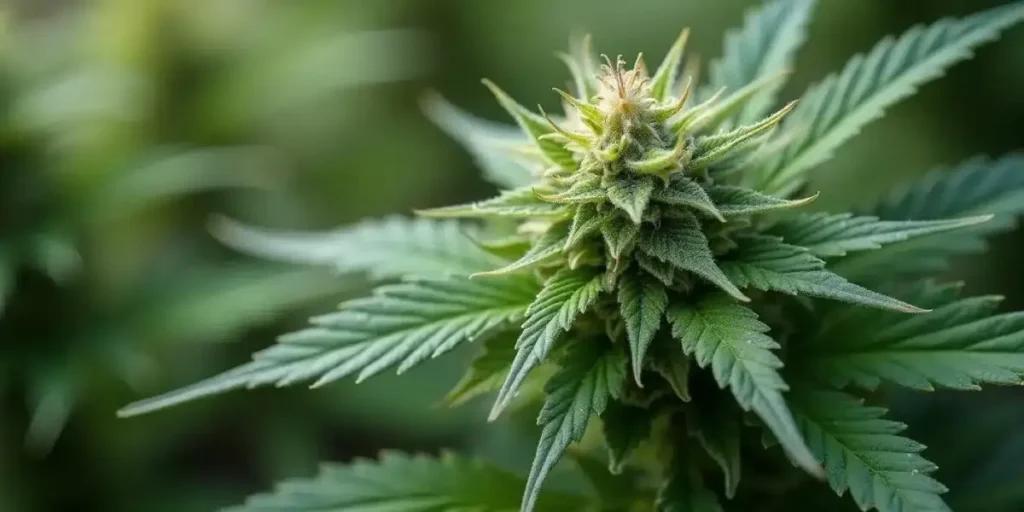
Practical Tips for Successful Flowering
Achieving a successful flowering period hinges on a few essential practices and meticulous attention to detail. Here are some actionable tips to ensure your plants thrive when it’s time to flower:
- Timing your planting: Starting seeds or clones indoors can give them a head start. Transplant them outdoors once they’re strong enough to thrive in their environment.
- Regular monitoring: Daily checks for signs of stress, pests, or nutrient deficiencies can make a significant difference. Early intervention is key to successful growth.
- Watering practices: Adjust your watering schedule based on weather conditions. Hotter months typically call for more frequent watering, while cooler weather may reduce the plants’ needs.
- Nutrient adjustments: Transitioning to a flowering nutrient mix supports robust bud growth as your plants shift to this new phase of development.
Furthermore, connecting with other local growers can be immensely beneficial. Exchanging tips, experiences, and even successes can enhance your cultivation knowledge and improve your techniques. Keeping a detailed record of your plants’ progress can help highlight effective strategies, setting the stage for an even more successful future growing endeavor.
Strains Suitable for Outdoor Growing in California
While numerous cannabis strains are suitable for outdoor cultivation, some thrive particularly well in California’s climate. Here are three popular strains you might consider that flourish under the California sun:
- Blue Dream: This beloved hybrid is noted for its balanced effects and fruity flavor. It adapts well to sunny climates and performs excellently for both beginners and experienced growers.
- California Orange x Skunk: Renowned for its citrus aroma and uplifting effects, this strain is well-suited for outdoor growing and can yield high amounts, making it a favorite.
- Green Crack: A popular choice, this strain is known for its resilience and potency. It flourishes in warm temperatures and produces dense, high-quality buds.
Choosing the right strain can greatly impact your overall experience and outcomes. Researching and selecting strains that align well with your growing environment can significantly enhance your chances for success, leading to a fruitful harvest that reflects your efforts as a grower.

FAQS about When does flowering start outdoor in California
What is the best time to plant cannabis outdoors in California?
The optimal time for planting cannabis outdoors in California typically falls in late spring, around May. This timing allows your plants to establish themselves prior to the onset of the flowering period in late summer. Additionally, accounting for local frost dates can help guarantee a successful growing season.
How can I tell if my cannabis plants are healthy during flowering?
Healthy cannabis plants during the flowering phase display vibrant green leaves, well-formed buds, and ample development of pistils. Signs of distress may include yellowing leaves, wilting, or stunted growth. Regularly monitoring your plants and maintaining suitable growing conditions will significantly contribute to a successful flowering phase.
Should I change my nutrients during flowering?
Yes, it’s advisable to switch to a nutrient mix specifically designed for flowering as your plants transition into this stage. Flowering generally demands higher levels of phosphorus and potassium for robust bud production. Always follow the manufacturer’s recommendations and keep an eye on how your plants respond to the changes.
How can I prevent mold during the flowering phase?
Preventing mold requires strategic measures like ensuring proper air circulation around your plants. Spacing them adequately and utilizing fans can improve airflow. Additionally, keeping humidity levels under control is vital. Organic fungicides can be an ally if mold becomes a concern. Regularly inspecting your plants for any signs of mold growth is essential, particularly during wetter conditions.


